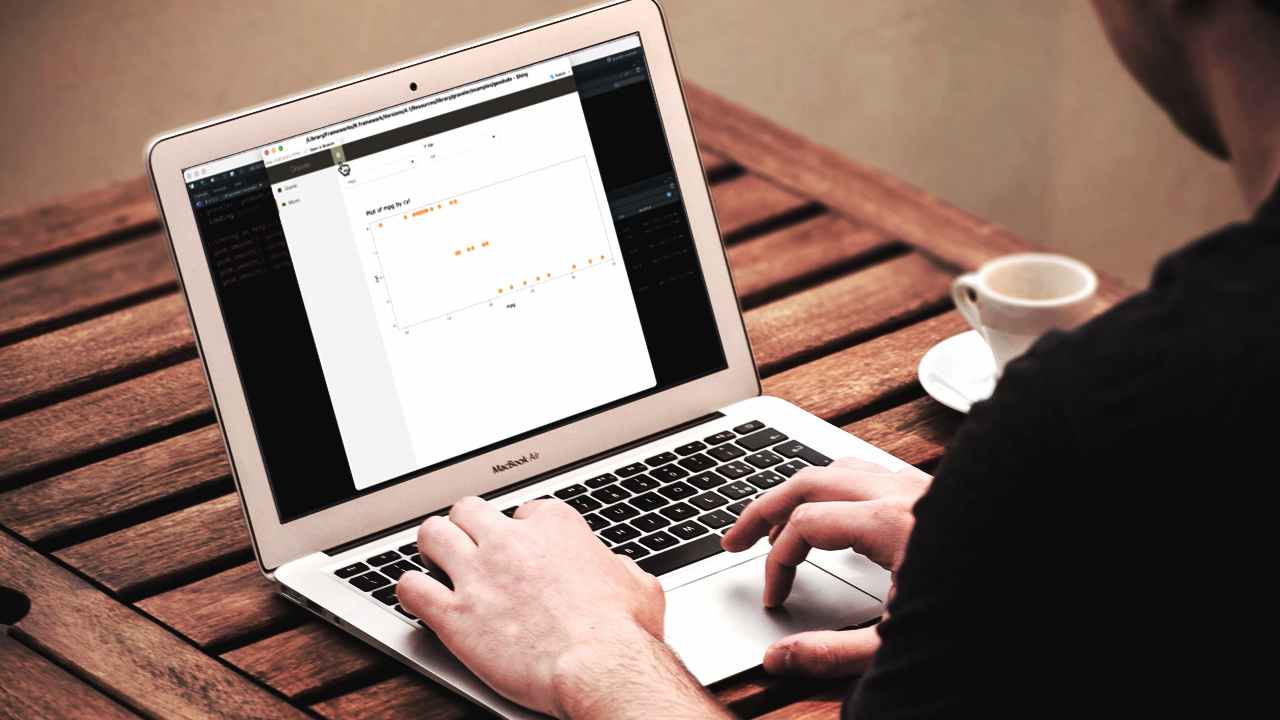Has this ever happened to you?
You are assigned to maintain a dashboard someone on your team has graciously left you, and the users of this dashboard ask you to add a new feature. Fine, you think. “The data for this dashboard doesn’t look terribly complex. I’ll just step in where so-and-so left off and add that feature easily!”
Minutes quickly turn into hours as you realize that the last developer coded an entirely different way than you do. It will take days of refactoring just to understand what their code is trying to do, let alone add a new feature. Eventually, you scrap their entire dashboard and decide to rebuild it.
Or perhaps you have incoming hires of fresh developers who have never worked with {shiny} before. Can you trust that the training you have (if any) is sufficient and will prepare them to build production-ready dashboards independently?
This was the two-pronged challenge facing our team a few years ago. We needed to completely overhaul old dashboards while also training staff on how to build tools that help drive insights for the company. We quickly realized that we needed to decrease the time spent building dashboard frameworks for our new members and ensure that anyone taking over another dashboard could easily modify them.

